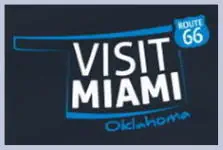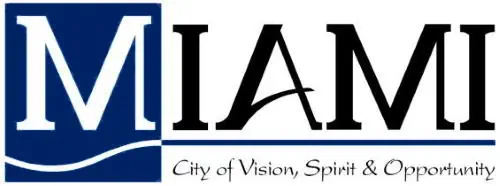G.A.R. Cemetery remembers British cadets who trained in Oklahoma, helps one cadet’s son lay questions to rest
Grand Army of the Republic (G.A.R.) Cemetery, owned and operated by the city of Miami, Oklahoma, has been the final resting place for many soldiers since its first burial in 1892, including both Union and Confederate soldiers and 15 World War II British cadets.
During WWII, Miami hosted one of only six British Flyers Training Schools (BFTS) in the United States. There were more than 2,000 British cadets and 172 American cadets who trained to receive their RAF Wings in Miami. Many went on to war, some lost their lives fighting for our freedom and some lived and went on to have families. Fifteen of the cadets lost their lives while training at Miami BFTS #3 and are interred at G.A.R.
We have never forgotten them. Each year, we hold our British Flyers Remembrance Ceremony. In 2015, our guest of honor was Col. Gail Halvorsen, a.k.a. “The Berlin Candy Bomber” (www.wigglywings.weebly.com). He was one of the 172 Americans who trained here and went on to do great things.
The guest of honor in 2016 was different. John Raisbeck, son of one of our cadets, A.C. 2 Kenneth Raisbeck, who died June 26, 1944, at the age of 26, was the first direct descendant of one of our cadets to join us for our ceremony. Why was this so unusual? Because most of our cadets were very young when they died—one was 17! So the chances of any of them having descendants was slim.
Kenneth Raisbeck was chosen to train for the RAF and left England just weeks before his son John was born. He lost his life in a flying accident just weeks before he was to return to England for combat duty. John never met his father, and often wondered what had happened on that fatal day. He traveled to the United States in 1995 for the 50th anniversary of V-E Day and was able to visit his father’s grave, but he left with virtually no answers to the questions that nagged at him: Where is my father’s crash site? What caused him to crash? Are there any photographs? Are any eyewitnesses still living?
When I received word from John that he was coming back to the U.S. and would be attending our annual ceremony, I of course asked him to be our guest of honor. And then I began my research.
Since Kenneth had crashed just south of Oswego, Kansas, the first thing I did was contact Philip Blair, historian with the Oswego Historical Society and Museum. Blair took the bull by the horns and was able to locate the very soybean field where the fatal crash had taken place. John was eager to visit the
site, so the needed arrangements were made. While John was in Miami, I also made arrangements for him to visit the local NEO A&M College library, as well as The Dobson Museum, which has an archive of BFTS #3 memorabilia and documents. At the Dobson, we found what we believe to be photographs of his father’s crashed AT-6 Harvard.
This was much more information than he’d been able to gather previously in the 72 years since his father’s death, but there was one more thing to come.
Blair actually located a woman who, when she was 5 years old, lived just across the railroad tracks from the field where the crash happened. He made the arrangements for John to meet her. I arranged to have John flown over his father’s crash site and gravesite in an AT-6 Harvard, the same type of plane his father had been flying. It was a very moving experience for him, one he said he would never forget.
John Raisbeck left the United States with so many of his questions answered, and we at G.A.R. are very proud to have been a part of his journey.




